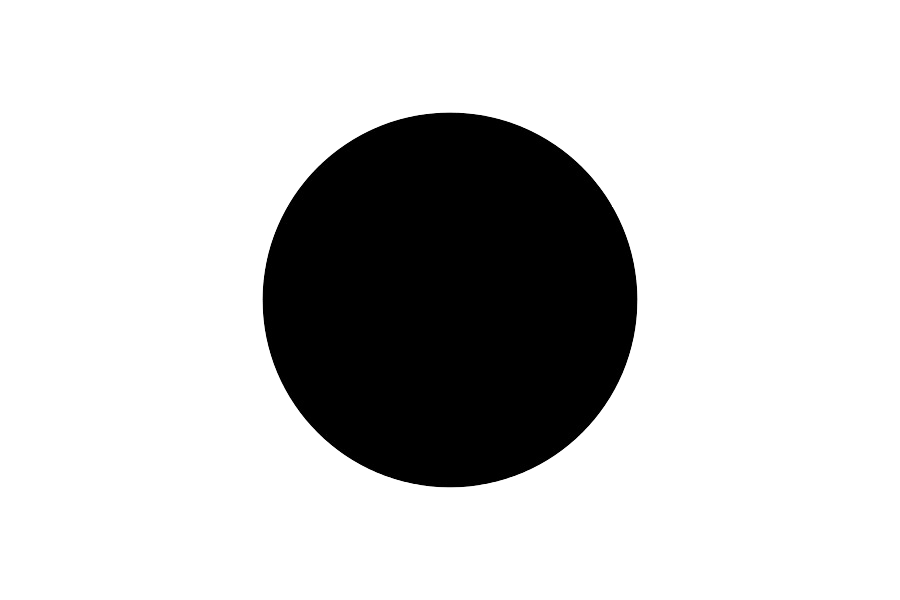In 2015 Los Angeles introduced the city’s first sustainable city plan, pLAn for short, a promise to address the city’s growth through three major frameworks: environment, economy, and equity. In an introductory letter that appears in the first few pages of the pLAn document, mayor Eric Garcetti reveals that he intends to “use the pLAn as a tool to manage the city.” The stated goals of the pLAn are meant to unfold across different scales and sectors of Los Angeles over the next twenty years, with regular assessments anticipated annually, accompanied with revisions to the pLAn every four years based on the progress in meeting its stated goals. Beyond providing a vision for a sustainable Los Angeles future, the pLAn aims to build policies, provide platforms for collaboration, and measure progress in a transparent manner using sustainability metrics.
With a specific focus on the pLAn’s goals surrounding urban natures, this paper asks the following question: what is the nature of the client-designer relationship when the client is the public, the designer is tantamount to policy, and the design is to capture the processes of non-static urban natures? We can’t address this question unless we understand the processes by which regulations and guidelines are imposed on the construction of such landscapes, in this case nature in an urban setting. Who counts in the making of that vision and how is that vision measured are questions consistently brought up by advocacy groups in Los Angeles. I answer these questions through the study of the processes surrounding the making of new urban natures guided by Los Angeles’s sustainability plan: the Ballona Wetlands Restoration Project and the Los Angeles River Revitalization Plan.
MONU Issues
